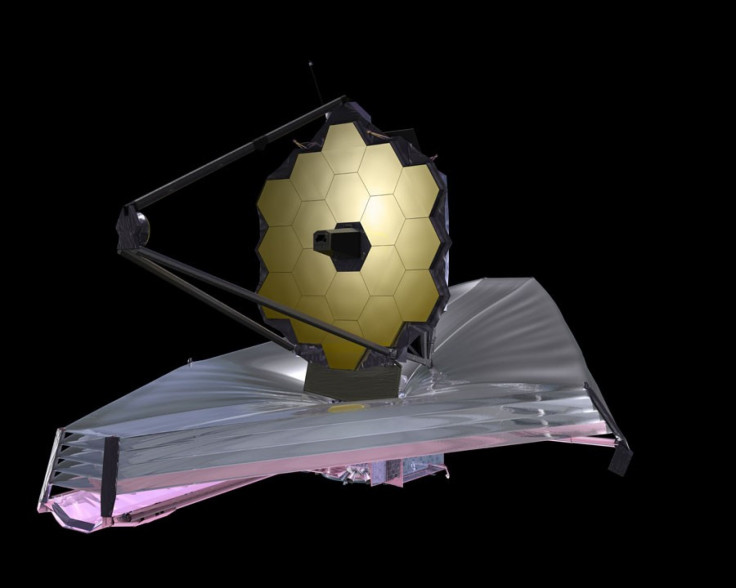JWST Would Cost $8.7 Billion to Fly in 2018: NASA

At a time when Obama administration has asked federal agencies to plan for budgets that are at least 10 percent below their current appropriation level, NASA has raised the total estimated cost of the James Webb Space Telescope (JWST) to $8.7 billion.
After an independent cost analysis, managers at NASA, replanning the James Webb Space Telescope program have concluded that the program will cost another $3.6 billion to finish the telescope in time for a launch in 2018 and operate it for five years.
The extra cost over NASA's most recent life-cycle-cost estimate for the big infrared space observatory includes all development, launch operations and science costs. Details of paying the cost will be covered in the fiscal 2013 NASA budget, an agency spokesperson said on Monday.
JWST is NASA's follow-on mission to the Hubble Space Telescope, and will carry technologies that will be helpful in detecting light form the first stars to shine in the Universe. However, the project was under trouble due to cost overrun and delays, and now some politicians want JWST to be called off, BBC News reported.
While a draft 2012 budget for NASA, put forward by the House Appropriations Committee last month terminates funding for the observatory, the space agency has strongly defended the telescope, describing it as one of its top priorities.
Another independent assessment suggested last year that the total cost of JWST had increased from $3.5 billion to $5 billion, and if it kept on delaying, the total cost of the project would go beyond $6 billion.
Although the telescope is scheduled to be launched later this decade, some commentators even wonder whether JWST would be ready to fly before 2020.
A panel headed by John Casani, special assistant to the director of the Jet Propulsion Laboratory with long experience developing scientific spacecraft, said that the problem with JWST is not technical, but managerial. Following the panel's remark, NASA has made significant personnel changes at Goddard Space Flight Center, where the Webb is managed.
The JWST will have a 6.5-meter mirror with 18 individually pointed segments. It will be positioned at the Earth-Sun L2 Lagrange point and peer deeper into the Universe than ever before. The telescope will use the infrared wavelengths to spot the red-shifted earliest objects, emerged from the cosmic dark ages after the Big Bang, Aviation Week reported.
Must Read: German Lager Beer: Story of Yeast That Traveled From Patagonia to Bavaria
© Copyright IBTimes 2024. All rights reserved.






















